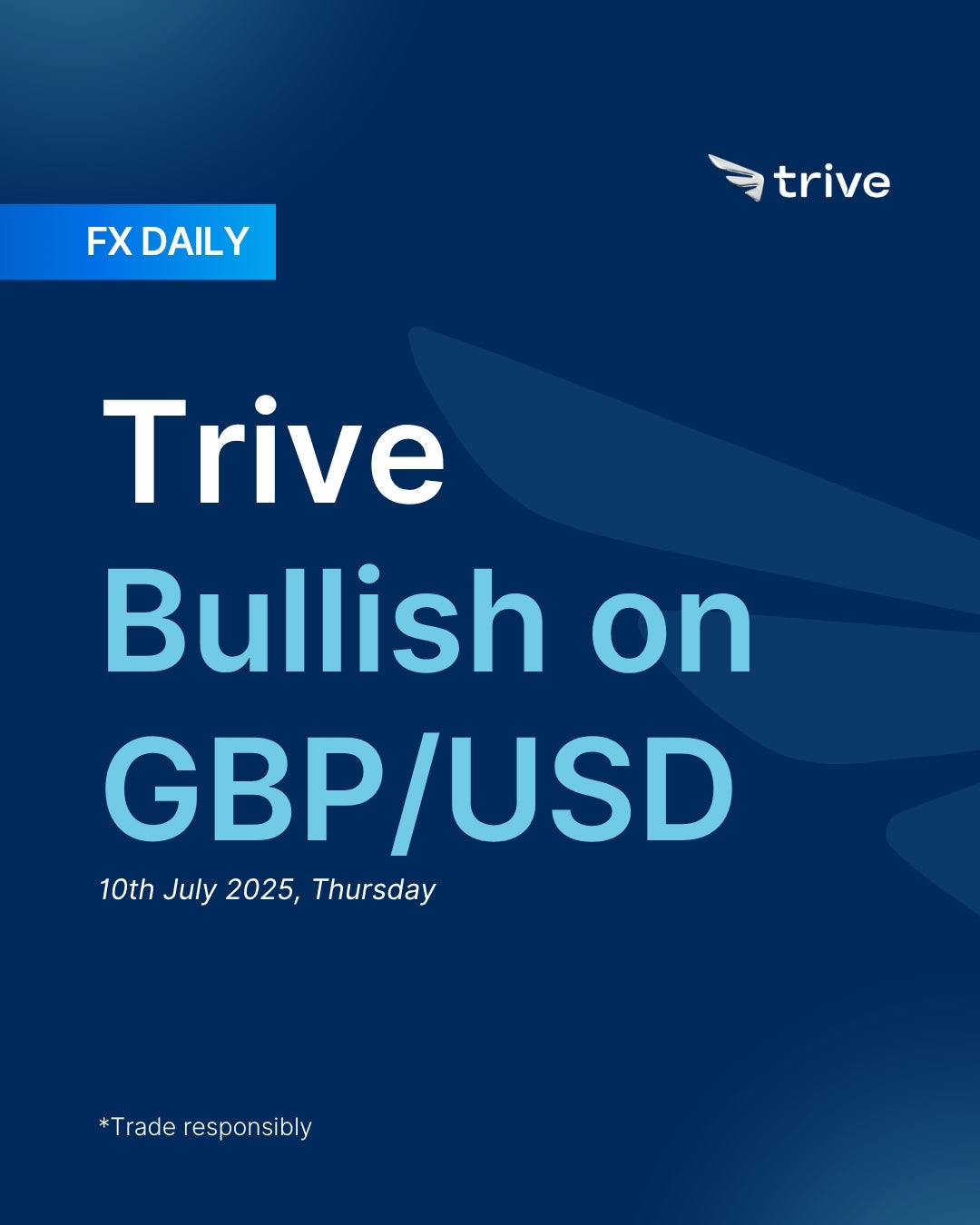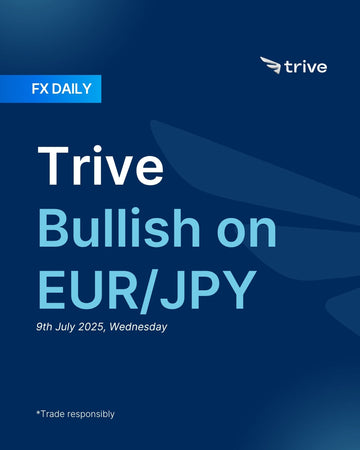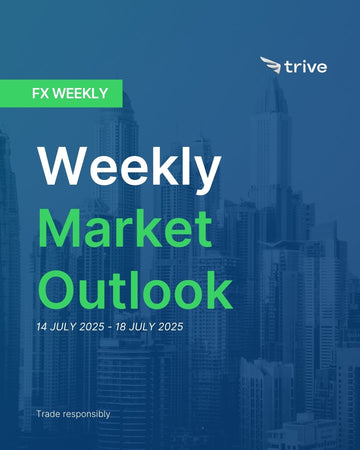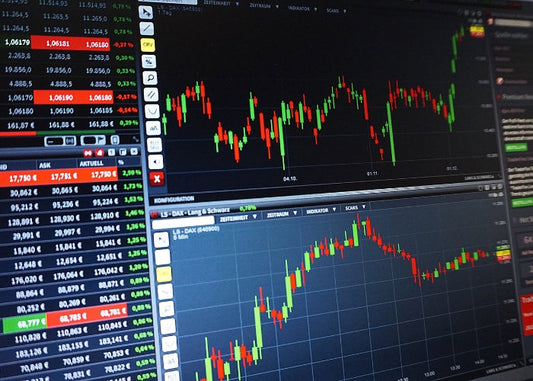FX Daily: Trive Bullish on GBP/USD

If UK fiscal concerns ease and political stability returns, GBP/USD could rebound. Strong services PMI and resilient growth data offer a foundation for recovery. On the other hand, the dollar rebounded on solid NFP but faces pressure from rising deficits, trade tensions, and low yields.
GBP: Be flexible
The British Pound experienced a turbulent week, driven by a political crisis that reignited concerns over the UK’s fiscal credibility. Sterling began the week trading calmly in a narrow range as markets looked ahead to a key vote on the government’s welfare reforms. However, things quickly unraveled on Wednesday when the government was forced to significantly scale back the bill, cutting the expected savings from £5 billion to just £2 billion. The situation worsened during Prime Minister’s Questions, when Prime Minister Starmer refused to clearly support Chancellor Reeves. This sparked speculation about her future and raised fears that fiscal discipline might weaken.
The market reaction was swift and severe. Bond traders drew direct comparisons to the turmoil of the 2022 mini-budget crisis, and the 10-year Gilt yield surged in its biggest one-day move since that time. The Pound also plunged, with Cable falling from near 1.3750 to as low as 1.3581. On Thursday, the government tried to calm the situation. Both Starmer and Reeves made public statements reaffirming her position, which helped steady markets and led to a partial rebound in Gilt prices and the Pound. Still, the damage was done. The episode introduced a new layer of fiscal risk into UK assets and left the Pound vulnerable, especially as the government continues to operate with very limited fiscal flexibility.
The central driver of the week was the sudden loss of confidence in the government’s fiscal strategy, triggered by the watered-down welfare reform bill. The political uncertainty intensified when Starmer avoided confirming Reeves’ job security, fueling fears that she could be replaced by someone less committed to fiscal restraint. This caused a wave of selling in both Gilts and the Pound.
Thursday’s effort to restore confidence helped ease some of the tension. Starmer publicly stated that Reeves had his “full support” and would remain Chancellor “for years to come.” That helped markets recover somewhat, but Cable still struggled to regain its earlier levels.
Before the political chaos, Bank of England Governor Bailey spoke at the Sintra forum and struck a calm tone. He dismissed concerns about the UK’s debt levels and said the outlook for interest rates remained “gradually downward.” But these comments were quickly overshadowed. Later in the week, BoE’s Taylor said that the UK’s soft landing was now “at risk” and pointed out that his first-quarter analysis had supported five rate cuts in 2025.
Market expectations now reflect about 53 basis points of rate cuts by the end of the year, with roughly a 73% chance of the first cut coming in August. However, the political developments have shifted focus away from monetary policy, with the new fiscal risk premium taking a more central role in how investors assess UK assets.
On the economic front, there was one piece of good news. The S&P Global Services PMI for June came in at 52.8, beating the 51.3 forecast and showing strength in the UK’s key services sector. However, this was mostly overlooked due to the political drama.
The housing market showed signs of cooling. The Nationwide House Price Index for June unexpectedly dropped by 0.8% month-over-month, the biggest monthly fall since November 2022, likely due to the impact of the recent Stamp Duty hike.
Other data included a slight increase in shop prices, with the June BRC Shop Price Index rising 0.4% year-over-year. Final GDP for the first quarter was confirmed at 0.7% quarter-over-quarter. Overall, economic data took a backseat to the political developments.
There was some positive news at the start of the week with a targeted trade deal between the UK and US coming into effect. The agreement cut US import duties on UK-made cars from 27.5% to 10% for a quota of 100,000 vehicles and removed tariffs on aerospace parts. However, tariffs on steel and aluminum remained unchanged.
Sentiment towards the UK turned sharply negative by mid-week. The political chaos around Chancellor Reeves shattered already fragile confidence in the government’s fiscal discipline and reintroduced a risk premium that had been absent since the mini-budget crisis. While markets recovered somewhat after Thursday’s statements, sentiment remains fragile, and the Pound is likely to remain sensitive to any further political headlines.
The pound’s recent volatility shows just how sensitive sterling is to questions about the UK’s fiscal health. After a week of political drama, and a scuttled welfare reform bill that revived memories of the 2022 mini-budget crisis, investors are weighing two very different paths for GBP.
Bullish Scenario
If fiscal fears fade and headlines or official reports show the UK’s budget and economy are on solid footing, the GBP could recover nicely. Last week’s strong services PMI and other data suggest underlying growth isn’t bad, so GBP could regain some of it’s strength. For a full blown rally, though, we’d still need a clear bullish catalyst to drive the British Pound substantially higher.
Bearish Scenario
If doubts over spending discipline linger or fresh concerns about the fiscal outlook emerge, the pound is likely to stay under pressure. Continued political noise or weak auction results would keep investors cautious, and without fresh positives from the data, GBP would struggle to find support.
USD: Still bearish
The US Dollar had a volatile week, but ended much stronger after a dramatic shift driven by a solid US labor market. The DXY started off weak, dropping to a multi-year low below 96.40. This early decline was caused by month-end flows, growing concerns over the US deficit due to the “One Big Beautiful Bill” (OBBB), and a very weak ADP employment report that showed a loss of 33,000 jobs. That report reinforced expectations for near-term Fed rate cuts. However, everything changed on Thursday after a strong Non-Farm Payrolls report. The headline number showed 147,000 new jobs and the unemployment rate unexpectedly dropped to 4.1%, which quickly ended the slowdown narrative. This strong data sparked a sharp rally in the dollar, sending the DXY back above 97.30 as traders quickly priced out a September rate cut. The dollar held onto these gains into the weekend, though further upside was limited by the final approval of the deficit-expanding bill and renewed trade tensions after President Trump threatened a fresh wave of tariffs.
The June Non-Farm Payrolls report was the key moment of the week. It came in well above expectations at 147,000 jobs compared to the 110,000 forecast. The drop in the unemployment rate to 4.1% also surprised markets. Even though Average Hourly Earnings only rose 0.2% month-over-month, the strong job numbers were seen as a clear sign that the Fed could remain patient. The report was further supported by a sharp rise in government jobs, which increased by 73,000.
Earlier in the week, labor data sent mixed signals. The ADP report on Wednesday came in extremely weak, showing a drop of 33,000 jobs compared to the expected 95,000. But Tuesday’s JOLTS Job Openings data for May showed strength, rising to 7.77 million.
The ISM Manufacturing PMI on Tuesday ticked up to 49.0, which beat expectations but still signaled contraction. On Thursday, the ISM Services PMI returned to expansion at 50.8. A weak point in both reports was the employment sub-index, which dropped into contraction territory.
Other data included a drop in Initial Jobless Claims to 233,000, showing continued tightness in the labor market. However, the US international trade deficit widened to $71.5 billion in May.
The reaction to the jobs report led to a sharp shift in interest rate expectations. The chances of a September Fed rate cut fell significantly, and the market no longer fully priced in a 25 basis point cut. Expectations for total rate cuts by the end of the year were also lowered from around 66 basis points to about 51.
Fed Chair Powell spoke at the ECB’s Sintra event on Tuesday. He struck a balanced tone, saying the economy was in a good position but that the Fed had paused policy changes due to tariff-related uncertainty. He emphasized that all meetings, including July’s, were still open depending on the data, which was seen as cautious until the strong labor data came in later in the week. President Trump continued putting pressure on the Fed, calling for Powell to resign on Thursday.
The large fiscal package known as the “One Big Beautiful Bill” remained a major theme. It narrowly passed the Senate on Tuesday and the House on Thursday. While it removed concerns about the debt ceiling, the bill’s effect on the deficit dragged the dollar lower early in the week and limited its strength later, even after the jobs data.
On the trade front, uncertainty returned. With a tariff deadline approaching on July 9th, Trump said his administration would begin sending letters to 10 to 12 countries about new tariffs ranging from 10% to 70%, to take effect on August 1st. This hurt risk sentiment and prevented further gains for the dollar.
The US also reached a trade agreement with Vietnam that includes a 20% tariff on imports. Talks with Japan remained tense, with Trump expressing doubt about reaching a deal and threatening tariffs up to 35%. In more positive news, the US and Iran were reportedly preparing to restart nuclear talks.
 GBP/USD 4H
GBP/USD 4H
Disclaimer
This material is provided for informational purposes only and does not constitute financial, investment, or other advice. The opinions expressed in this material are those of the author and do not necessarily reflect the views of Trive International. No opinion contained in this material constitutes a recommendation by Trive International or its author regarding any particular investment, transaction, or investment strategy. This material should not be relied upon in making any investment decision.
The information provided does not consider the individual investment objectives, financial situation, or needs of any specific investor. Investors should seek independent financial advice tailored to their individual circumstances before making any investment decisions. Trive International shall not be liable for any loss, damage, or injury arising directly or indirectly from the use of this information or from any action or decision taken as a result of using this material.
Trive International may or may not have a financial interest in the companies or securities mentioned. The value of investments may fluctuate, and investors may not get back the amount they originally invested. Past performance is not indicative of future results.
For more information about Trive International, please visit http://trive.com/int
Additional Information
Investing involves risk, including the potential loss of principal. Diversification and asset allocation strategies do not ensure a profit or guarantee against loss. The content in this material is subject to change without notice and may become outdated or inaccurate over time. Trive International does not undertake any obligation to update the information in this material.
By accessing this material, you acknowledge and agree to the terms of this disclaimer. If you do not agree with these terms, please refrain from using this information.
No comments
Home
Trive
TriveHub





0 comments